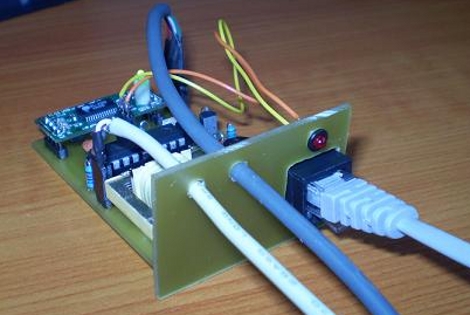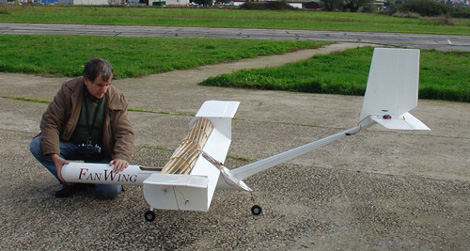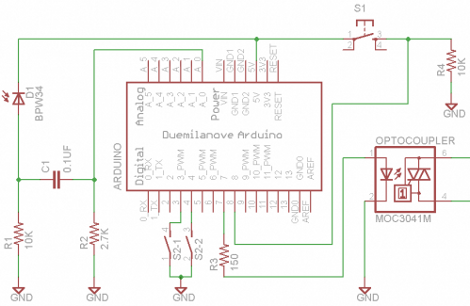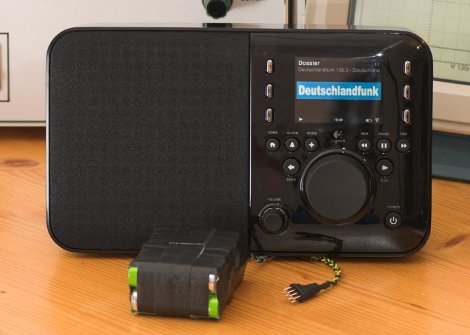
[James Bond] types and those suffering from a hefty dose of paranoia can now record all telephone conversations. [Trax] built this module that monitors the phone line and starts recording when a handset is picked up. A computer does the actual recording, triggered by the microcontroller via a USB connection.
We like the use of an old PCB for a faceplate, we’ve certainly got some duds of our own sitting around. The three cords are a bit confusing though. One for the phone line, one for the USB, but what does the third do? Is it an audio-out connection?
We’ve asked [Trax] to post a schematic and source code if possible so that might clear up the mystery.
Update: [Trax] let us know that there is a red button with white lettering at the bottom labeled “download”. This contains schematic, code, pcb layout, and PC software. We just missed it the first time around.















